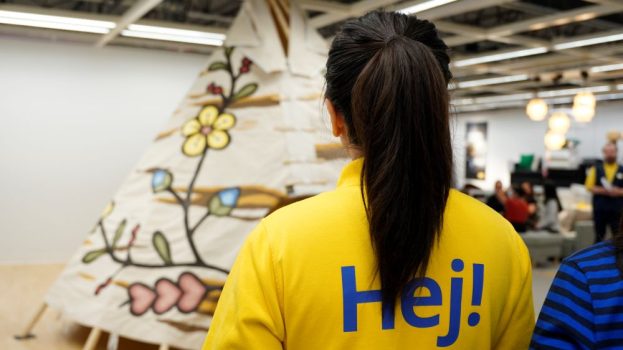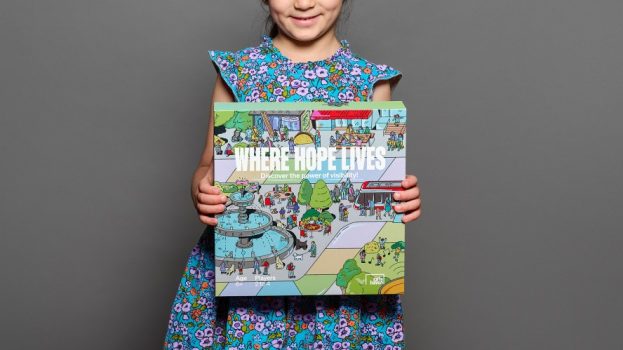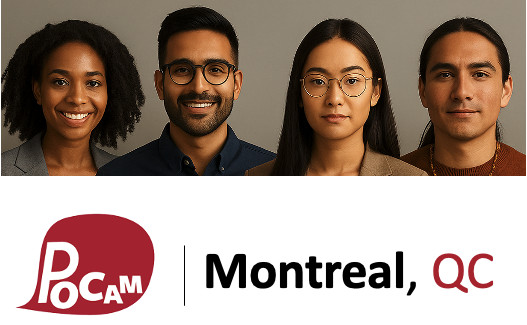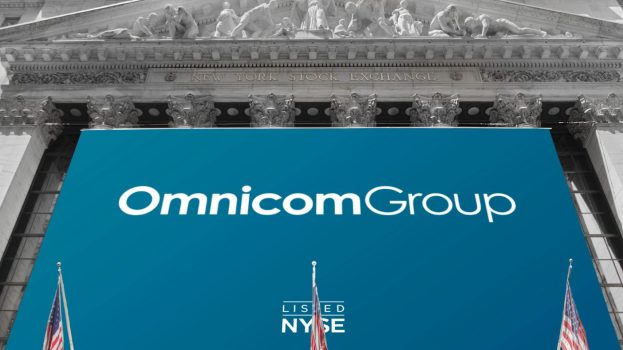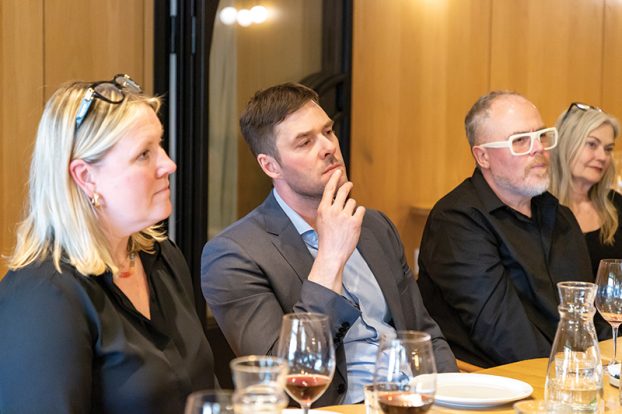 This article originally appeared in the Spring 2023 issue of strategy.
This article originally appeared in the Spring 2023 issue of strategy.
Marketing hits the mark when brands speak a customer’s language. But what if language is just the start? When it comes to cultural diversity and inclusion in marketing and branding, a newly released Canadian Media Fund report indicates that First Nations, Inuit and Métis peoples collectively account for about 5% of our population – a significant audience that continues to be overlooked, underrepresented and underserved.
Shaun Vincent, owner of Vincent Design, a marketing agency and leader in Indigenous design out of Winnipeg, has identified a significant barrier in how brands connect with Indigenous peoples. “First Nations is mind-blowing in terms of its diversity, languages, teachings and stories,” Vincent explains. “How do you incorporate everything into a symbol or purpose?”
The focus is often on language, he notes, “but language is on the back burner in terms of branding.
“It’s really about symbology and how the actual brand is going to resonate with that particular nation or nations. That’s what works. Making it relatable and having themselves be seen.”
Jennifer Tabak, president of Sudbury-based Design de Plume, a women-led, Indigenous-owned design firm, says the complexity of each community is “more than one person can handle.” Certain words and symbols mean different things to different cultures, so it only works when there is “an investment in using people who understand the nuances, or in running it by that community,” to ensure the creative and messaging is captured in an authentic, meaningful way.
She emphasizes a top-down approach, noting that larger organizations need to lead the way: “How can they support [Indigenous inclusion and diversity] in bigger ways, like providing language services, mentoring opportunities or hiring? Who in their organization is actually an Indigenous person, or in the agency that’s helping to support the messaging?”
Vincent offers an illustrative example: he was asked to create the logo for the Pope’s visit to Canada in Summer 2022. He acknowledges that he had to come to terms with what role he should play in representing the Papal visit and the apology that came with it. It required consultation with elders, survivors and his family.
The result was a design consisting of caribou, eagles and salmon, all moving together in a blue circle. Eagles and painted turtles are prevalent symbols across Canada, Vincent says, but their meanings may vary, “but something as simple as a Saskatoon bush that resonates with everybody, or Crowberry, that represents the Inuit,” can be a respectful way of letting communities see themselves in the symbology.
So, how do you figure it out? Ultimately, he says, “consultation with elders is fundamental. Consultation with communities is fundamental.” He says it’s all about looking towards the bigger picture, which is change: “Someone once told me that it takes a generation to change a generation. We’re in that process now. Today, we’re walking in both worlds, Indigenous and non-Indigenous. And we have to go forward together for things to change.”

